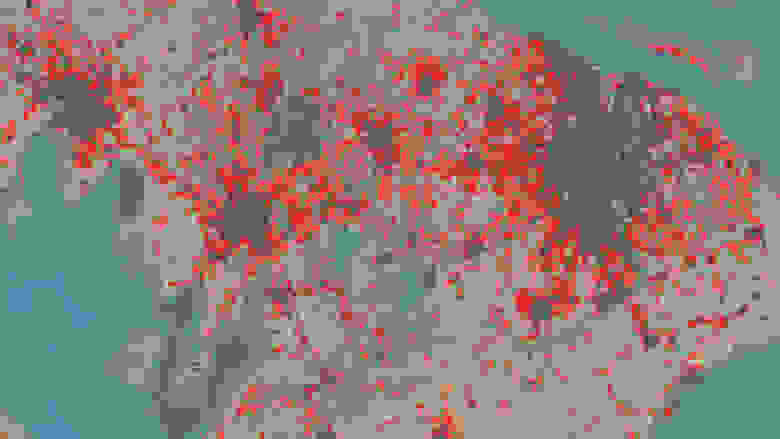To submit, click on “Your Feedback” on the right, and then on the "Submissions" tab on the feedback wall page. [Note that as the deadline for submissions has now passed, we have disabled the Submissions channel.] Please submit the following information. - Title of Proposed Paper:
- Name and Affiliation(s) of Author(s):
- Email address:
- World Bank urban spatial data used (see above):
- Other Datasets Used (please specify sources):
- Research Question (limit 150 words): What question are you planning to answer through your analysis? What hypothesis are you planning to test?
- Research Abstract (limit 500 words): Expand on the research question – what are the possible policy implications of your findings? What methodology will be applied for the analysis? How will you combine the World Bank EAP Urban Spatial Expansion data with other datasets for the analysis?
Eligibility: Entrants may be individuals or teams. World Bank Group staff, including its consultants, contractors and their employees are not eligible. Additional eligibility guidelines may apply for the visualization competition (see Visualizing.org page). All visualizations, proposals and papers must be in English. Jurors: Proposals will be reviewed by a panel composed of staff of the World Bank and partner organizations, including the United Nations Population Division and the University of Southampton's WorldPop Project. Finalists will be invited to submit a full paper. In the second round, jurors from these organizations will select 3 winning papers from among the finalists. Applicants will be notified by the end of March 2015 whether their abstracts have been selected as finalists. Criteria for Selection: Paper proposals will be judged on the following criteria: - Clarity (10 points): How clear is the paper proposal abstract?
- Impact: (10 points): Is the proposed research likely to help policymakers and development practitioners understand an issue related to urbanization in a new way, or bring an important urban development issue into focus?
- Methodology/technical rigor (10 points): How suitable is the proposed methodology for answering the research question?
Finalists will be asked to submit a full paper (based on their abstract) by June 1, 2015. Completed papers should be a maximum of 5,000 words. Winners: Three winners will be invited to present their paper at the World Bank headquarters in Washington, DC, at an event chaired by senior World Bank staff. Economy class travel to Washington, DC and two nights’ accommodation for one person per winning entry will be covered by the World Bank. Notes: The data are made available via the Creative Commons Attribution license (CC BY 3.0 IGO). Please also refer to the terms and conditions on the PUMA web page. Jury deliberations are confidential and immune from appeal. By participating, entrants agree to present their work publicly should they win, though they may decide whether and how to publish their full papers. Participants must make their own visa arrangements to travel to the United States, where necessary. The World Bank cannot guarantee visa applications will be approved. Please send any questions to: EastAsiaUrbanData@worldbank.org | 
